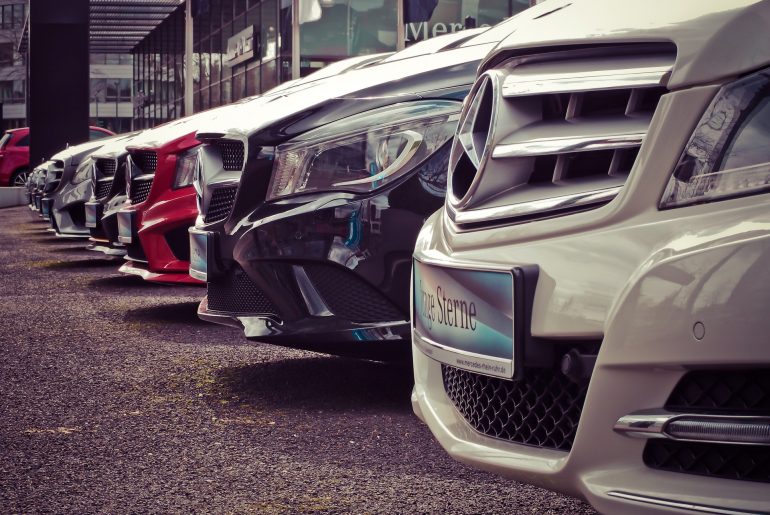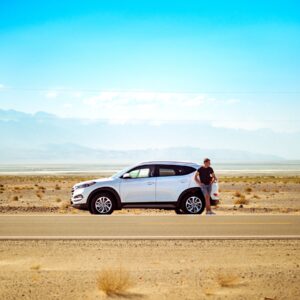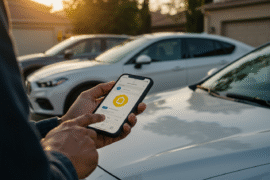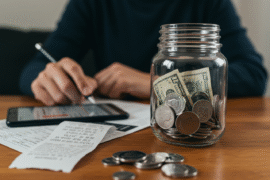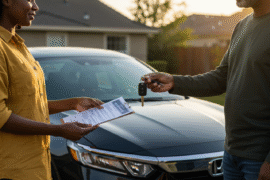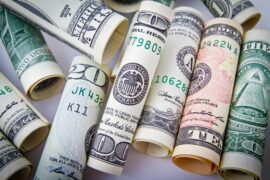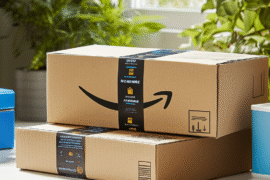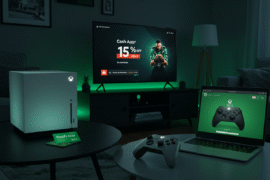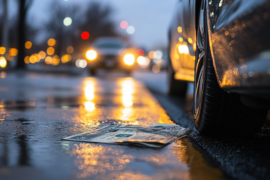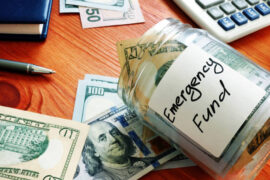
Updated by Albert Fang
Leasing a car can be a worrisome task if you’re unaware of the financial implications involved. If you don’t know what you’re doing, you may cost yourself more money than necessary while trying to lease a car. You may also be asking yourself: When you lease a car, does it come with car insurance?
Read on for the answer and tips on how to save money when leasing a car.
#1 – Do Your Research and Be Aware of Residual Value
Stumbling into a costly lease often happens when you don’t do the necessary research before agreeing to the lease. Car leases usually come in the form of three or four-year contracts. A good place to start when researching a lease is deciding on what brand of car you want and what purpose the vehicle will serve.
For instance, leasing a vehicle to drive around the city and leasing one to go off-roading will require two very different vehicles.
Another thing to consider when researching a lease is price. This may seem obvious, but some surprising factors come into play when calculating your monthly payment. For example, when you lease a vehicle, your dealer will look at the value of the car now versus its value when your lease expires, or its residual value.
Your monthly payment will cover the depreciation in the car’s value if the dealer expects it to drop from a $20,000 vehicle down to, say, a $10,000 vehicle in three years, meaning your monthly payment will be about $278. This, along with other factors, affects your auto loan amortization down the line.
#2 – Negotiate a Purchase Price, Not Monthly Payments
Saving money while leasing starts when you begin negotiations. A good trick to use while negotiating a lease is to avoid negotiating the lease itself at the start. During the initial stages of negotiation, talk about the vehicle as though you want to purchase it instead.
This will allow you to work out a firm price for your vehicle that you’ll be able to try to work down. Once you have this firm purchase price set, only then should you bring up the fact that you actually want to lease the vehicle instead of purchasing it outright.
Remember that dealerships calculate your monthly payment based on the vehicle’s residual value, not its current worth, so getting that initial “purchase” price down at first is a great way to save money on a lease.

#3 – Test Drive the Vehicle Thoroughly
Nobody wants to lease what seems to be a good vehicle only for it to break down once they hit the road. One way to ensure this doesn’t happen is by giving your car a thorough test drive before you finalize the lease.
This seems like a pretty obvious thing to do, but failing to take your potential car on a test drive could potentially cost you a great deal of money on maintenance and repair fees.
When taking the vehicle on a test drive, make sure to really inspect and test it. Test the brakes, steering, turn signals, gears, and anything else you can think of. Letting performance-reducing features slip by can cost you more in the long run and increase your chances of an accident (though you may be able to get paid after it).
#4 – Keep the Car in Good Condition
At the end of your lease, you’ll have to return your vehicle to its dealer. If you return the car to the dealership in poor or worse condition, you may have to pay additional fees.
Most people are careful when they drive regardless of what vehicle they are in, but you’ll want to be extra careful when driving a leased vehicle. Some leases also include an agreed mileage limit, and exceeding that limit before you return the vehicle will also result in additional fees.
Take the time to truly understand the terms of your lease to avoid surprise costs.
#5 – Insure Your Vehicle and Ask About GAP Coverage
Many leases do not directly come with included car insurance, so you’ll need to insure your leased vehicle before you drive it. The place from which you lease your vehicle will likely require collision and comprehensive insurance that you’ll need to purchase for yourself.
This ensures enough funds are available in the event of an accident or needed repairs. You should also stay mindful of GAP coverage, or guaranteed asset protection. GAP refers to the difference between the amount you still owe the dealer for the car and the check your insurance company writes you if your leased vehicle gets totaled in an accident before its lease expires.
Many auto dealers purchase master policies from insurance companies and roll the cost of this gap coverage into your monthly payments by charging you a GAP waiver. Ask your dealer about this and other specifics of your contract.

Reviewed and edited by Albert Fang.
See a typo or want to suggest an edit/revision to the content? Use the contact us form to provide feedback.
At FangWallet, we value editorial integrity and open collaboration in curating quality content for readers to enjoy. Much appreciated for the assist.
Did you like our article and find it insightful? We encourage sharing the article link with family and friends to benefit as well - better yet, sharing on social media. Thank you for the support! 🍉
Article Title: Money-Saving Tips for Leasing a Car
https://fangwallet.com/2022/04/18/money-saving-tips-for-leasing-a-car/The FangWallet Promise
FangWallet is an editorially independent resource - founded on breaking down challenging financial concepts for anyone to understand since 2014. While we adhere to editorial integrity, note that this post may contain references to products from our partners.
The FangWallet promise is always to have your best interest in mind and be transparent and honest about the financial picture.
Become an Insider

Subscribe to get a free daily budget planner printable to help get your money on track!
Make passive money the right way. No spam.
Source Citation References:
+ Inspo
